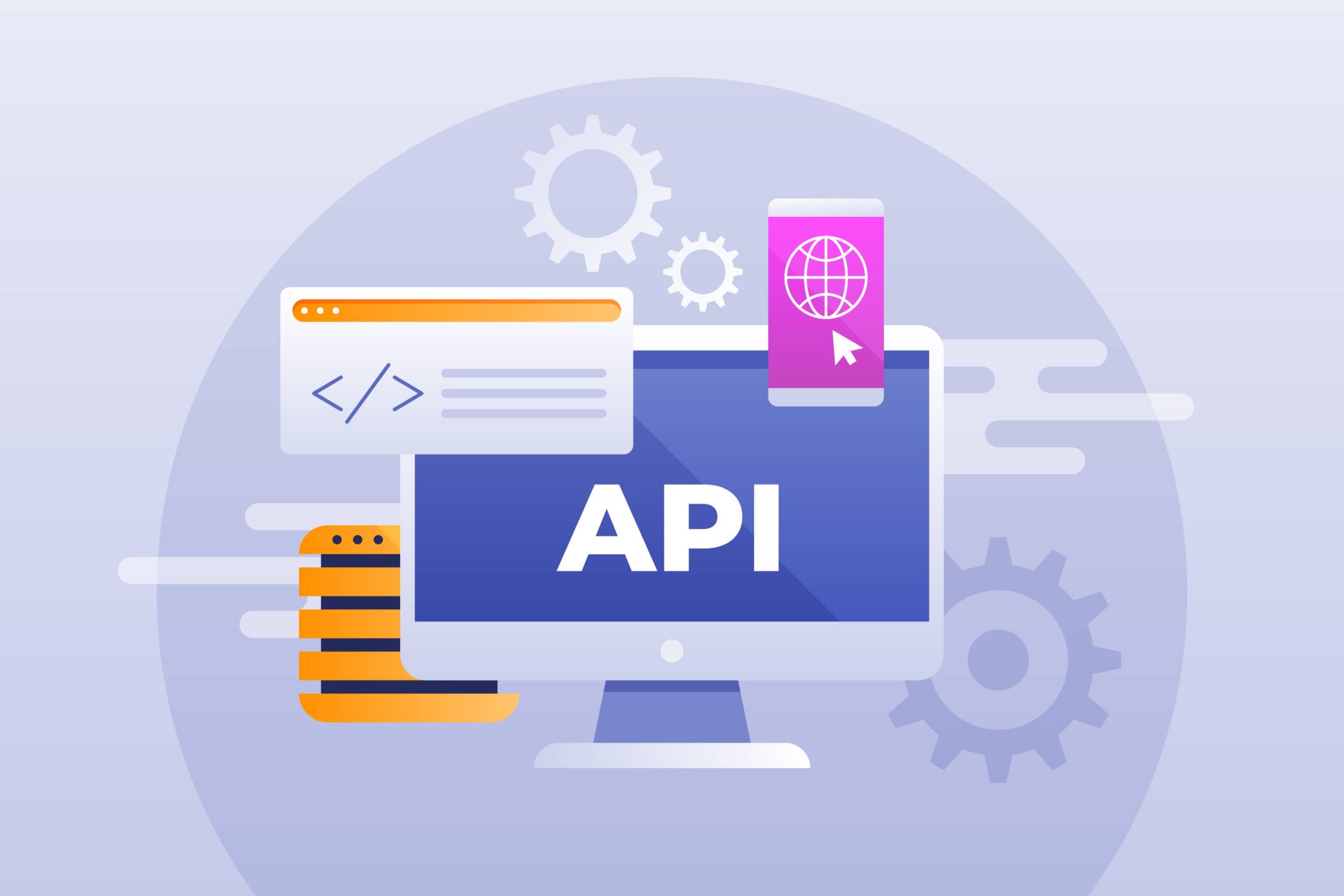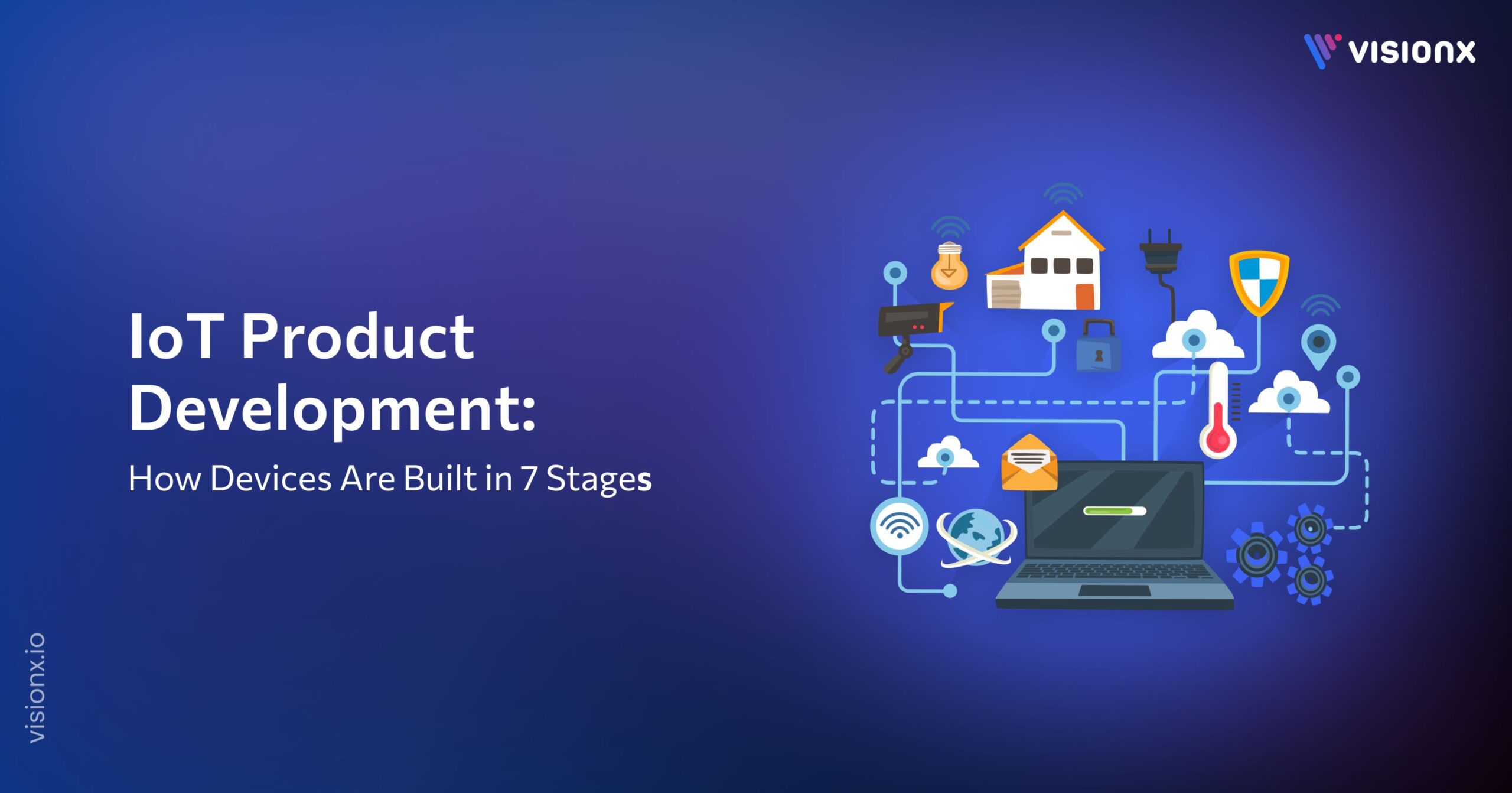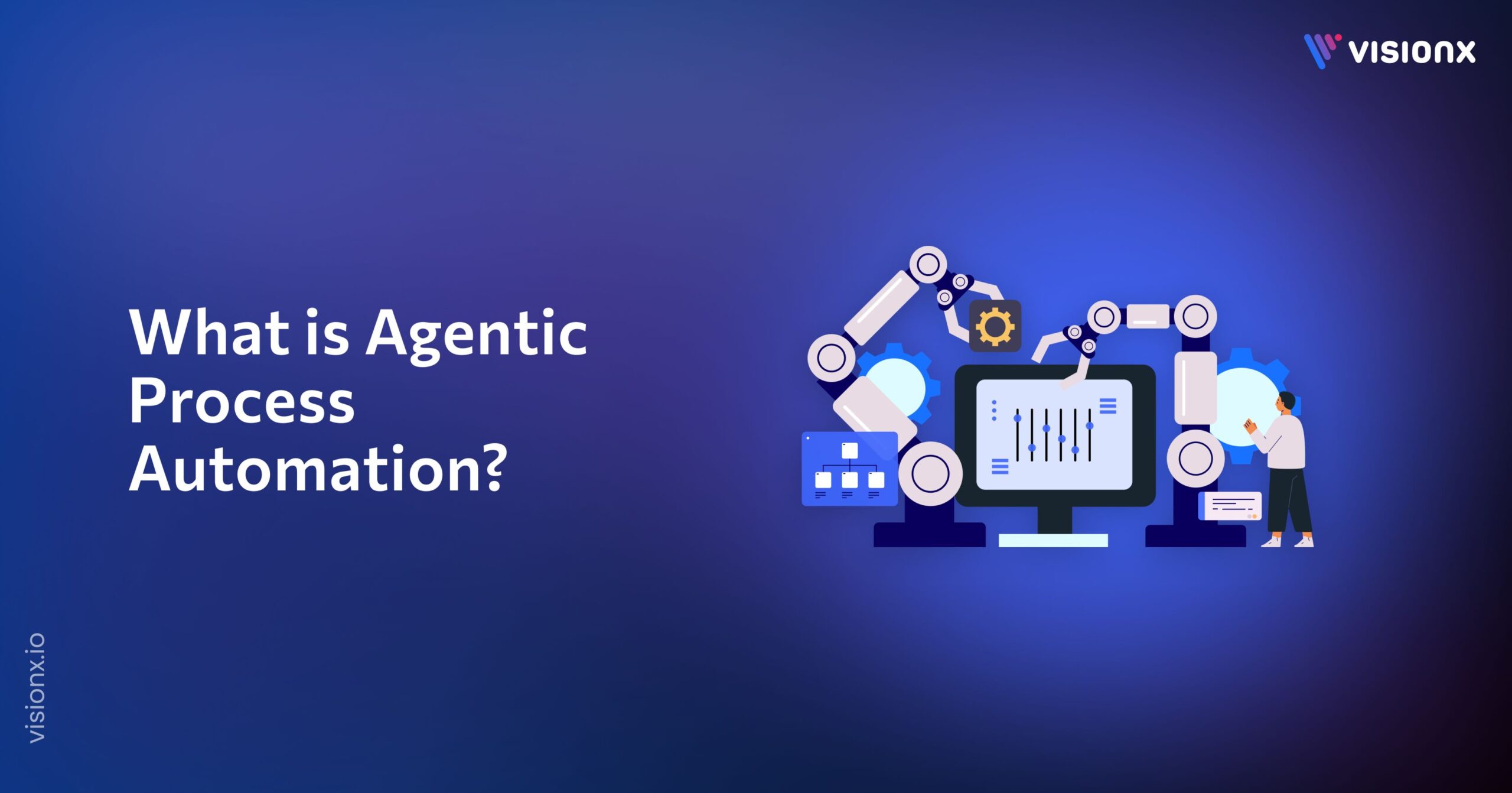Process tools, including API integration solutions, significantly accelerate automation and data transfer speeds. Many companies worldwide use API integration tools to link contrasting software platforms.
They are essential for facilitating functionality, access, and business integration. For this reason, many data integration specialists advise employing these tools in enterprise architecture. Additionally, businesses seeking business intelligence services can utilize API integrations to enhance data management and streamline decision-making.
According to a recent survey, 84% of firms use APIs, highlighting the vital role that API integration tools play in modern corporate operations. These technologies are necessary to improve service, efficiency, and creativity by integrating different software systems. They also speed up the process if the company uses an API-first approach.
API integration techniques enhance company flexibility and decision-making by utilizing diverse data sources and services effectively. They also boost productivity by automating processes, ensuring seamless data transmission, and streamlining application integration.
What is API integration?
When two systems, programs, or devices are connected to share data and functionality, this is known as API integration. This procedure facilitates smooth interaction across numerous apps, increasing data output and precision.
To integrate APIs, engineers must determine which data must be shared between the systems. Then, they must examine the underlying schemas and communication protocols to assess how the systems relate. This examination can help them choose the correct API tools for integration.
Custom scripts or integration platforms are the two primary methods for achieving API integration. It is possible to write unique XML/JSON scripts and include them in JavaScript or HTML code. However, this strategy can be expensive and time-consuming because custom software development requires extensive maintenance.
On the other hand, companies can develop and manage API connections between different software tools and corporate solutions with API integration platforms, which provide a more effective solution.
The API connections must be tested to ensure they operate correctly when configuring integration. Following successful testing, the integration can be put into a production environment.
What are API integration tools?
API integration has become the backbone of our digital world. It is the process through which different software systems can quickly and seamlessly communicate, send, or exchange data and help with API error handling.
Top 10 API Integration Tools
Here are the top 10 integration tools
1. Boomi:
Boomi is a no-code, cloud-based API administration solution. Dell developed this service solution, which connects on-premises systems, cloud services, and internal tools via API connectors. Using this solution for real-time API lifecycle management boosts output and increases the performance of the API infrastructure.
Key Features:
- Developers can easily construct and publish API connections between complex applications with aggregated data.
- The interface is incredibly user-friendly for monitoring the API environment. Users can access dashboards for access control, traffic management, and analytics monitoring.
- This tool helps developers establish reliable and safe API connections by limiting access to data according to roles. It can also be used to report and monitor API activity.
2. Zapier:
Using the integration platform Zapier, users can establish API connections for online and cloud-based applications. This program is easy to use for those who need more technical experience.
Users can use Zapier’s integration processes to combine their software with other software systems, such as messaging, networking, CRM, BI, and networking. This tool can also be used for workflow automation.
Key Features:
- It allows users to set up a single trigger for several actions. For instance, after completing a signup form, a customer’s email address may be added to the newsletter list, and their information may be uploaded to the database and CRM.
- Zapier’s advanced notifications capability allows it to alert several teams simultaneously. Moreover, priority messages can be specified and utilized in conditional workflows.
3. Cleo:
Cleo is an API integration tool for both legacy and contemporary systems. Through API connectors, users can also design unique integrations with this tool. Furthermore, it enables users to connect with big data tools like Hadoop.
This tool may establish connections between APIs coded in XML and JSON, enabling API-based integration for HTML and HTTP APIs. It is usually used for B2B and EDI integration.
Key Features:
- This application enables users to connect to cloud infrastructure for efficient communication using pre-configured connections and templates.
- Using real-time overviews and configurable dashboards improves API visibility.
- To notify stakeholders of any issues, this platform includes real-time alerts and monitoring options.
- It can establish links with many software systems, including end-to-end EDI system connections, CRM, and ERP. It allows users to develop connections with databases like Azure Blob, IBM DB2, and others.
4. IBM API Connect:
IBM’s developer tools UDDI and REST API connections between two different software platforms. Users can also use it to manage the duration of the API.
This set of tools allows the creation and configuration of native integrations that can be monitored through a graphical and command-line interface using an API designer. It helps establish API connections between local and cloud-based services.
Key Features:
- This tool separates the front-end APIs and the back-end APIs.
- Developers can quickly design and customize APIs by using its drag-and-drop assembly features and templates. They do not need to develop complex XML code.
- The features it provides for classifying APIs aim to improve governance and searchability. A single portal can handle both internal and external APIs.
5. Software AG:
Software AG is a beneficial API integration tool that allows businesses to connect products and processes efficiently. It can also link enterprise software applications (CRM, ERP, etc.), mobile apps, and microservices. For further protection, it also has access control and authentication functions.
Key Features:
- This tool may design, manage, and publish REST, SOAP, and OData APIs.
- The developer portal allows developers to monitor usage and test API variations. The providers also offer extensive documentation and community help for beginning users.
- The workflow feature for controlling third-party access is already included. Moreover, digital encryption and permission can secure communication and transportation levels.
6. Tray.io:
A low-code API integration tool called Tray.io uses RESTful interfaces to create integrations with cloud apps. The workflow editor additionally enables you to design unique workflows. It can also connect with external programs like Slack, Arsana, and Salesforce.
Key Features:
- Triggers are executed to begin service-based request workflows.
- This tool may connect with other technologies, including analytics platforms, e-commerce systems, and databases.
- The user-friendly dragging and dropping interface make it simple for developers to grow their systems using the platform.
7.MuleSoft:
MuleSoft is a solution for creating and maintaining end-to-end APIs. Its Enterprise Management Console (EMC) manages systems and clients.
This tool allows developers to verify the compliance of their APIs by performing security inspections. It also provides log analysis and API monitoring capabilities, allowing users to perform RCA.
Key Features:
- Users may quickly establish and manage APIs because of their configurable API gateway.
- Using pre-established policies is a safe tool.
- This tool has a hyperscale log management feature that allows developers to examine security flaws instantly. Additionally, administrative compliance can be verified at runtime.
8. Microsoft Azure:
Microsoft provides a comprehensive cloud computing platform and Infrastructure known as Microsoft Azure. Azure offers a service that allows users to customize their cloud resources’ development and management.
Anyone can use the Azure API Management module, a hybrid, multi-cloud API management platform for all environments, specifically for API integration.
Key Features:
- When Azure API Management acts as an API gateway, providing a single entry point for all your company’s APIs, it is simpler to manage and regulate API traffic.
- Share APIs with employees, business partners, and external developers easily.
- A high level of flexibility through API regulations.
9. Dream Factory:
Developers can integrate the authentication process and other online apps and services into new projects using DreamFactory’s pre-built API connections with numerous apps. It is capable of operating in on-premises and cloud environments. It includes a drag-and-drop user interface (UI) for creating API connections and role-based access control (RBAC) to protect the transfer of information.
Key Features:
- Provides cloud and on-premises deployment, integrates authentication, and generates REST APIs.
10. Cyclr:
Integrated iPaaS Cyclr offers a customized native integration platform that expands and standardizes integrations, allowing businesses to grow. It has a low-code GUI and supports communication with over 500 APIs. As it provides a barrier between APIs, fewer tasks can be performed in development and maintenance. It does this by utilizing straightforward drag-and-drop building parts that can be deployed with a few clicks.
Key Features:
- It offers white-labeled native integration for integrated iPaaS and supports over 500 APIs.
What are the benefits of API integration tools?
Tools for API integration are necessary to link databases, enterprise systems, and software. They promote efficient information flow and accelerate real-time data transfer. Using tools for API integration has the following advantages:
1. Reduced manual coding:
API Integration tools automatically integrate the process, reducing manual errors and development costs. There is no need to develop or maintain customized scripts, smoothing the integration process.
2. Scalability:
These solutions increase project scalability by saving developers from the need to write custom code for expanding applications. The connections on the platform are made to handle massive amounts of data and transactions easily.
3. Enhanced Business Innovation:
API integration expands developers’ potential by giving them access to many systems’ data and functionality. This makes robust reporting and extensive data transfer possible, which might inform corporate choices and generate fresh revenue streams. Generative AI solutions often depend on such integrations to provide cutting-edge services.
Factors to Consider for Choosing an API Integration Tool
1. Pricing:
Consider the costs of a new technology or tool before implementing it. This is especially crucial for small and medium-sized firms with tight budgets.
2. Desired Features:
Verify that your chosen solution satisfies your unique requirements. It should have a working proof of idea and support the appropriate information formats. Integrating technology into your infrastructure will only be helpful when it fits your situation.
3. Security:
The tool needs to follow data governance guidelines and be safe. To protect data, it should ideally have built-in security capabilities for authorization and authentication.
4. Alerts and Notifications:
Make sure the tool has notifications and alerts for frequent problems and exceptions. Additionally, it should be able to issue alerts before severe problems with the system.
5. Scalability:
Select a solution that can meet your client’s present and future traffic demands. Scalability is crucial for ensuring your company’s security and supporting its development.
Closing Remarks:
API integration tools allow developers to easily retrieve information and features from other systems and enable numerous API stacks. They facilitate access to both public and private APIs and reduce the burden on developers.
Businesses interacting with many data sources, including databases, software, enterprise solutions, and third-party websites, require API integration tools. These tools also assist users in API maintenance and monitoring. As a result, many developers consider integrating such tools into their infrastructure as a standard practice for APIs.
If you are unsure what tools to use or want to outsource your API development, VisionX can help. Our developers will create an API for your software to communicate data securely and smoothly.


